
Forklift Brakes - A brake drum is in which the friction is supplied by the brake pads or brake shoes. The pads or shoes press up against the rotating brake drum. There are some different brake drums kinds with particular specific differences. A "break drum" will usually refer to if either pads or shoes press onto the interior surface of the drum. A "clasp brake" is the term used to describe when shoes press against the outside of the drum. Another kind of brake, called a "band brake" uses a flexible belt or band to wrap round the outside of the drum. Where the drum is pinched in between two shoes, it can be referred to as a "pinch brake drum." Similar to a typical disc brake, these kinds of brakes are quite rare.
Before nineteen ninety five, early brake drums needed consistent modification regularly in order to compensate for drum and shoe wear. Long brake pedal or "Low pedal" travel is the hazardous end result if adjustments are not done satisfactorily. The motor vehicle could become hazardous and the brakes could become useless when low pedal is combined along with brake fade.
There are different Self Adjusting Brake Systems accessible, and they can be categorized within two major types, RAD and RAI. RAI systems have built-in equipments which avoid the systems to be able to recover if the brake is overheating. The most well known RAI makers are Bosch, AP, Bendix and Lucas. The most famous RAD systems include Bendix, Ford recovery systems, Volkswagen, VAG and AP.
The self adjusting brake would normally only engage when the lift truck is reversing into a stop. This method of stopping is satisfactory for use whereby all wheels use brake drums. Disc brakes are used on the front wheels of motor vehicles nowadays. By working only in reverse it is less possible that the brakes would be adjusted while hot and the brake drums are expanded. If tweaked while hot, "dragging brakes" can occur, which raises fuel consumption and accelerates wear. A ratchet tool that becomes engaged as the hand brake is set is one more way the self adjusting brakes could work. This means is just suitable in applications where rear brake drums are used. When the emergency or parking brake actuator lever exceeds a particular amount of travel, the ratchet improvements an adjuster screw and the brake shoes move in the direction of the drum.
Situated at the base of the drum sits the manual adjustment knob. It could be tweaked making use of the hole on the other side of the wheel. You would have to go underneath the vehicle utilizing a flathead screwdriver. It is very important to be able to adjust each and every wheel evenly and to be able to move the click wheel correctly because an uneven adjustment could pull the vehicle one side during heavy braking. The most effective method to be able to ensure this tiresome task is done carefully is to either lift each and every wheel off the ground and hand spin it while measuring how much force it takes and feeling if the shoes are dragging, or give each one the same amount of clicks manually and then perform a road test.
![]() Click to Download the pdf
Click to Download the pdf
Forklift Parts
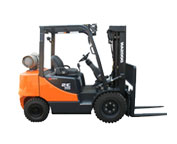
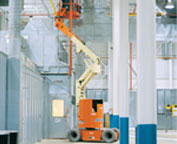
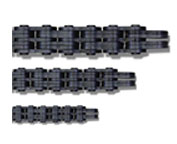
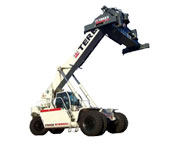
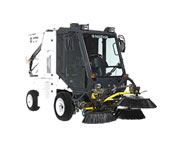
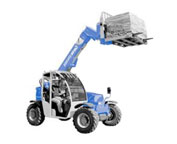

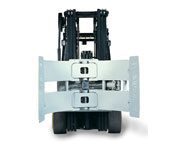
Lift Parts Express
TOLL FREE: 1-888-695-7994
Anchorage, Alaska
forkliftpartsanchorage.com
Email Us
About Us



